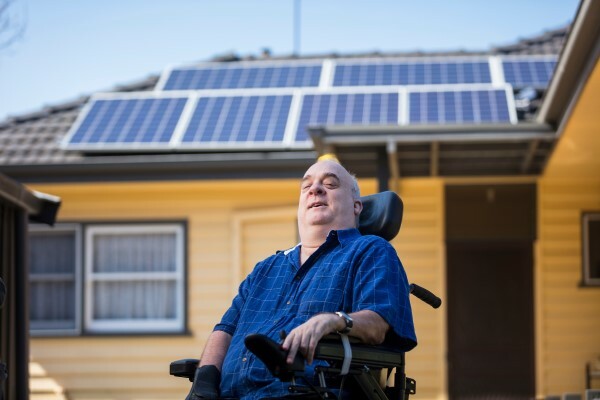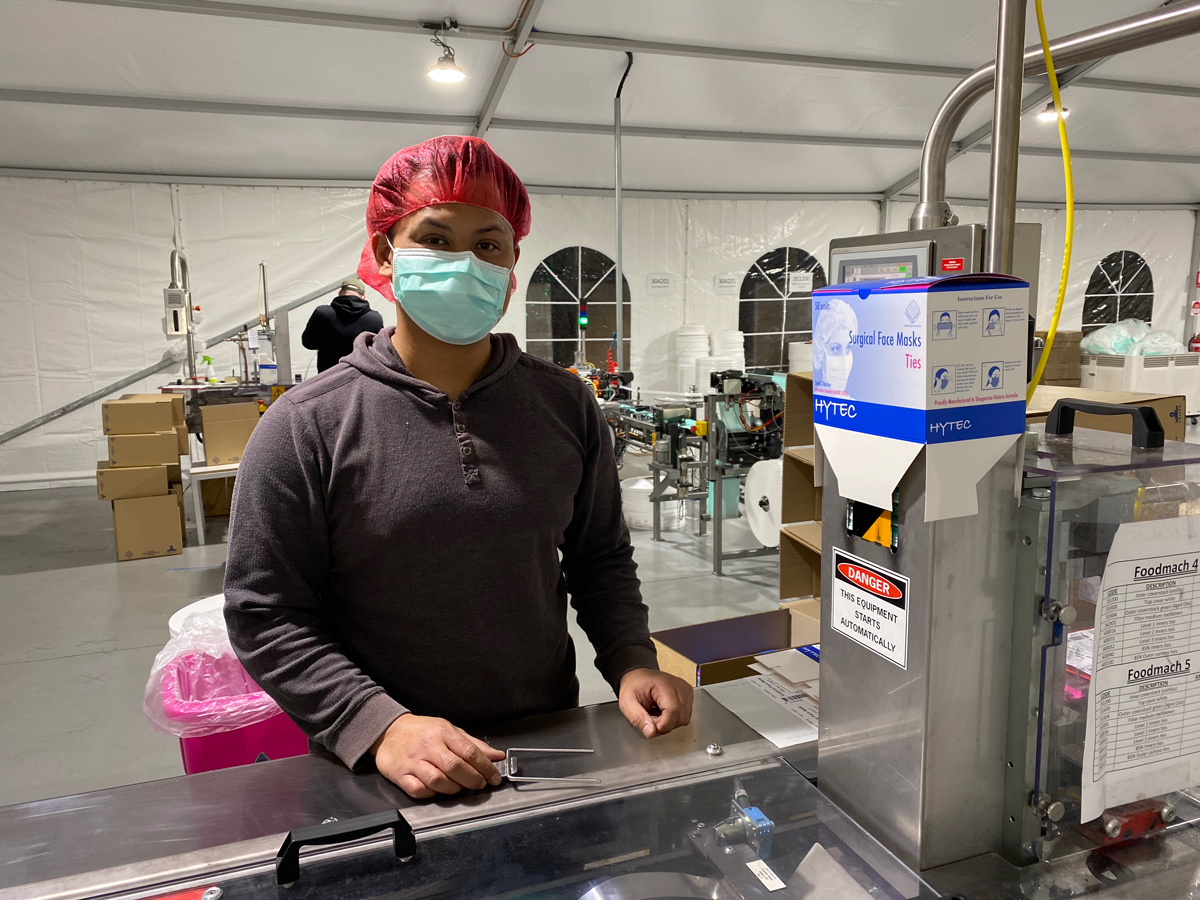Healthier and more sustainable homes for vulnerable Victorians
Poor-quality housing, combined with energy poverty, is causing serious detriment to the health, wellbeing and financial security of many Australians.
Most of us know someone who will suffer through hot summer days, or not dare to switch the heater on in winter, at the fear of facing high energy bills. Too many Victorians restrict their energy use for financial reasons, live in poor-quality housing and have inefficient (or no) heating, cooling and other major appliances.
This often negatively affects people’s health, and those with existing chronic health challenges on low incomes in inefficient homes are some of the most vulnerable in our community.
Gary, pictured below, was struggling to keep his home warm in winter and cool in summer due to extremely poor insulation. Living on a disability pension, he couldn’t afford any upgrades to his home. With help from BSL, solar panels have been installed and structural updates have been made which he says has dramatically cut his energy bills.
“The electrical bill last summer was very good. It is about a third of what it was previously,” Gary reports.

With over 10 years’ experience in energy equity and climate research, BSL has also developed energy efficiency delivery projects. With funding from the Lord Mayor’s
Charitable Foundation, we have built on this knowledge using our extensive research and stakeholder consultation.
We have developed a new and unique delivery model to make energy efficiency upgrades available to those who need it most. The model aims to support those impacted by chronic health challenges to maintain safe indoor temperatures and reduce their energy bills – and greenhouse gas emissions – working closely with partners in the health
sector.
A new pilot, Climate-Safe Homes, will test the approach, delivering energy efficiency upgrades to 200 households. The pilot will also help provide us more detail on the more complex questions around implementation, which are difficult to determine theoretically.
Learn more about Climate-Safe Homes .
